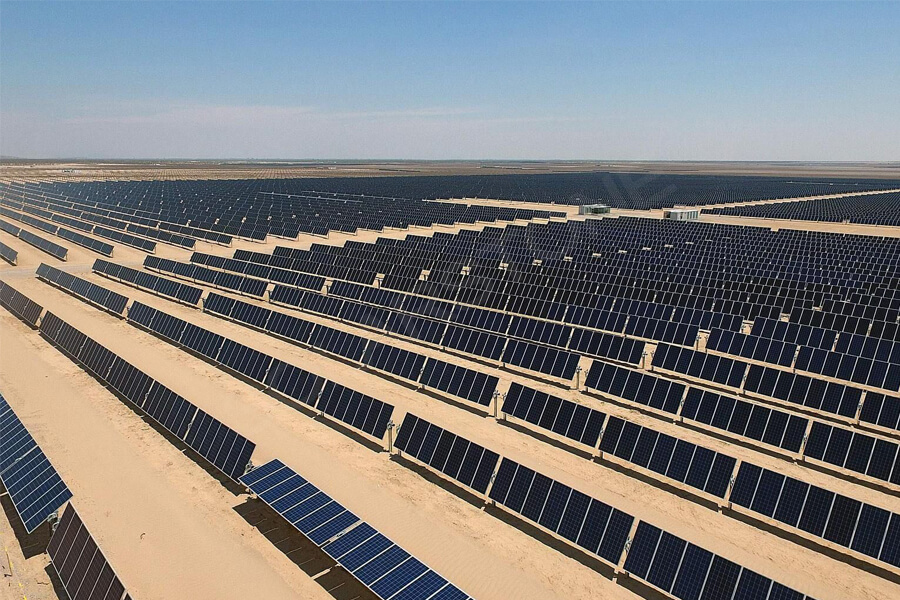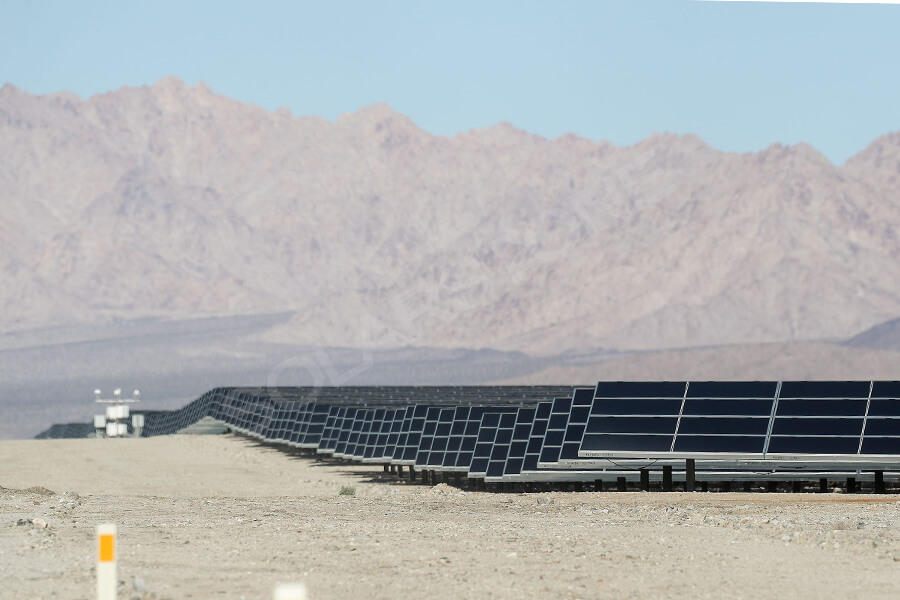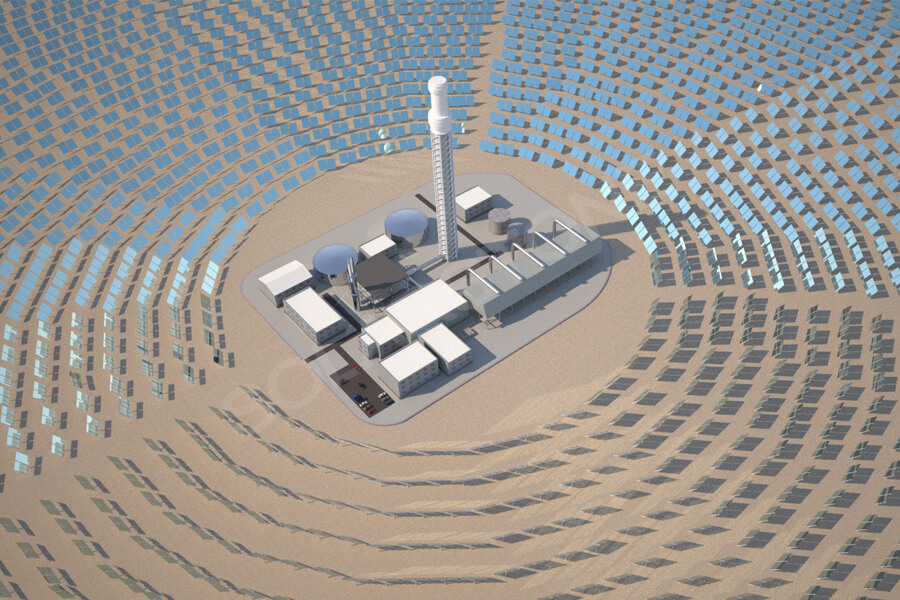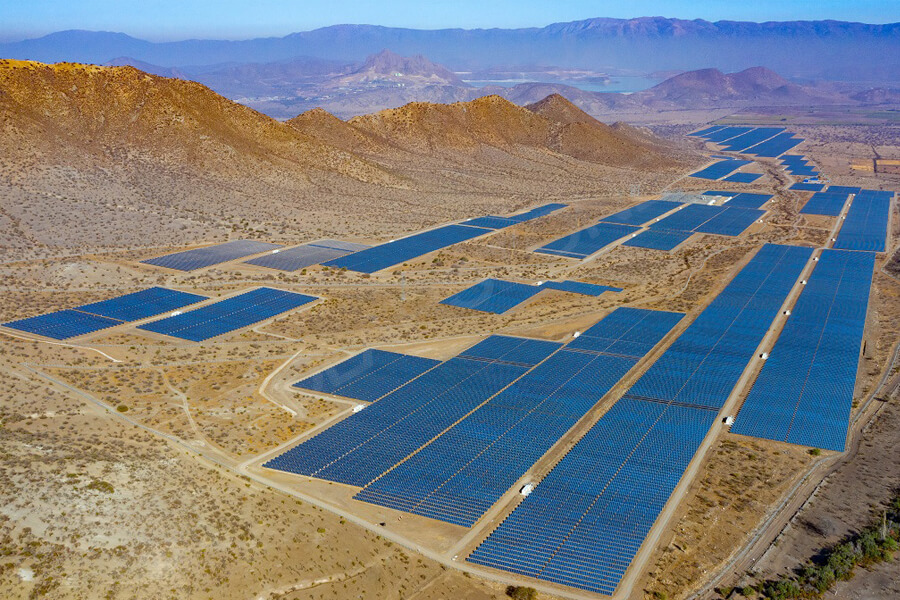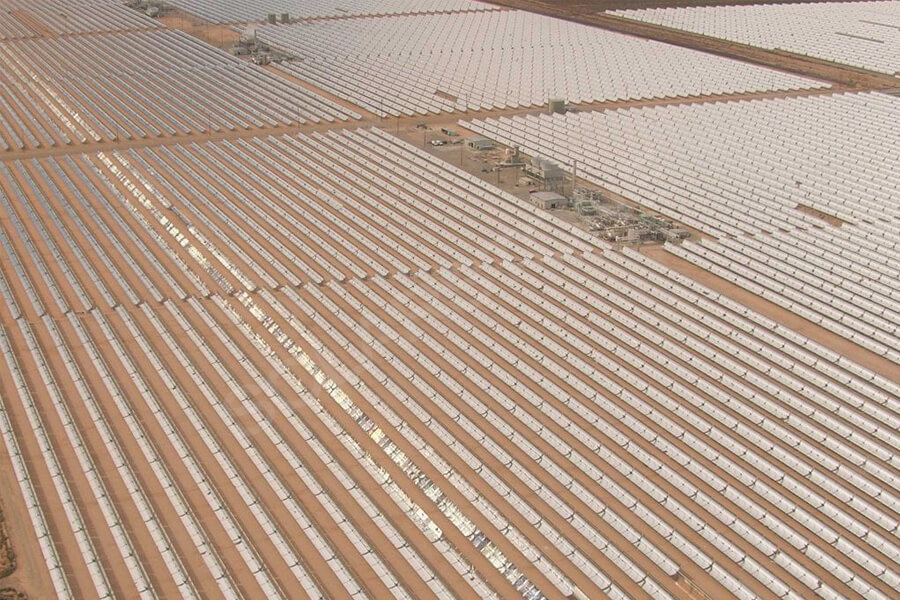Taklimakan Desert is the largest desert in China and one of the top ten deserts in the world. It is located in Tarim Basin, Xinjiang, with an area of 330000 square kilometers, almost all covered by yellow sand.
As the annual precipitation is less than 100 mm, there are at least more than 300 hot days a year. If we take advantage of the light advantage of Taklimakan Desert and use all the area to build solar power stations, will it be enough for people all over the world?
NASA has done a research on solar energy, and the conclusion is quite amazing. Every square meter of the desert area can receive 2000-3000 kwh of solar energy every year. If the loss is not calculated and all solar energy is converted into electric energy, 1000 watts of electrical appliances can be used for 3000 hours, that is, every 2 square meters can meet the power consumption of a family for one year, then every 1 square kilometer can meet the power consumption of 500000 families.
If calculated according to the above ideal algorithm, China’s Taklimakan desert can meet the power demand of 165 billion families, but the global population is only more than 7 billion, so we only need 10000 square kilometers to meet the power demand of all families in the world, that is, we only need to install ideal solar power stations on 1 / 33 of the Taklimakan Desert.
At present, there are two kinds of solar energy conversion equipment in the world, one is concentrated solar energy (CSP) and the other is conventional photovoltaic solar panels. Concentrated solar energy is to install countless mirrors on the ground, then focus the sunlight on a point, make the point very hot, and then use hot water to drive the steam turbine to generate electricity.
However, the ground mirror is easy to be covered by dust storms. The operation of steam turbines is complex and requires water. The solar energy conversion rate may be less than 1%.
Photovoltaic solar panels are easy to operate. They directly convert solar energy into electric energy, and the scale is not limited. Therefore, it has become the most common solar power generation method in the world.
However, it also has an unsolvable defect, that is, when the temperature of the battery panel is too high, the power generation efficiency will be greatly reduced. Although the Taklimakan Desert in China is northerly, the high temperature in summer often exceeds 45 ℃ and sometimes even points to 60 ℃.
According to calculations, China’s Taklimakan desert is covered with solar panels, which can supply power to 3.3 billion households, just enough for household electricity all over the world. Is this a coincidence?


